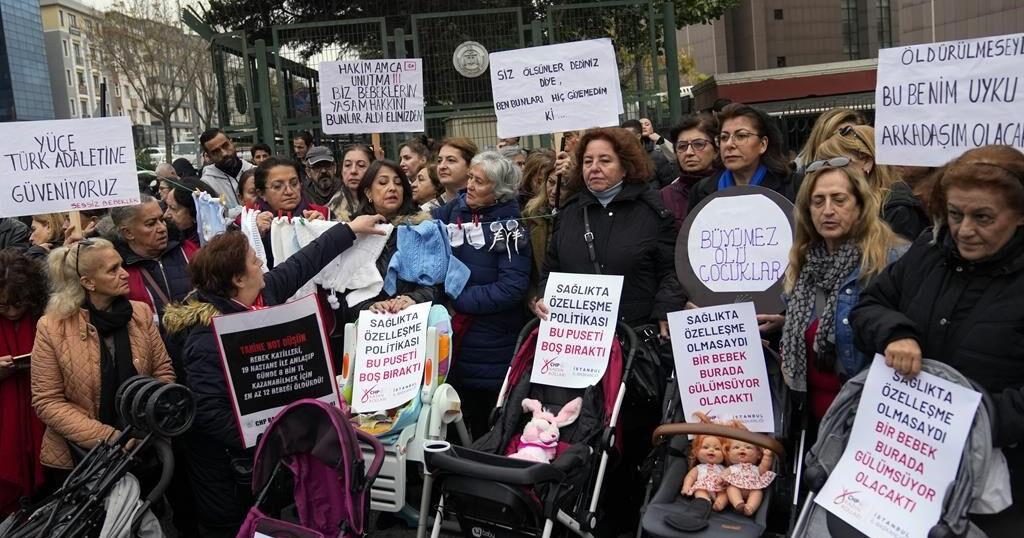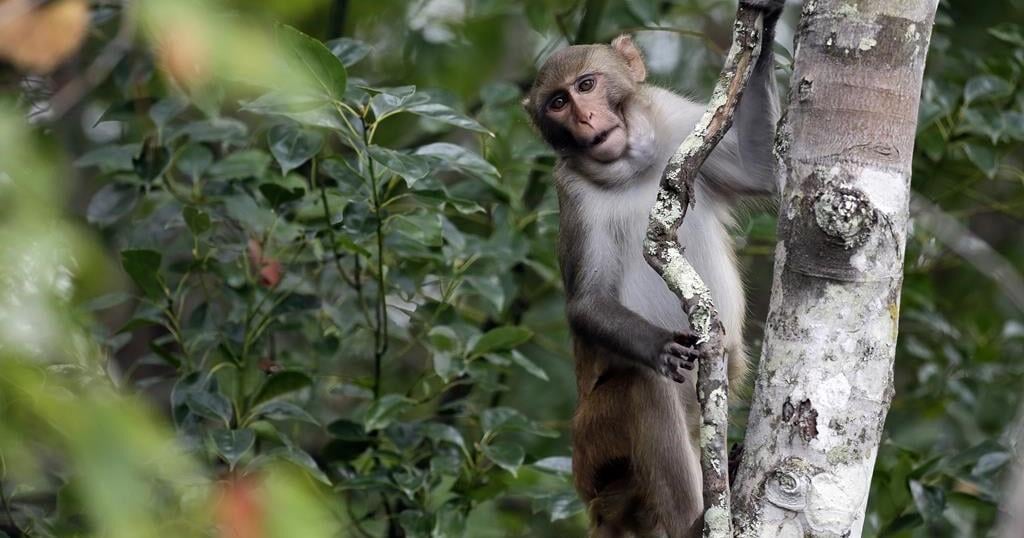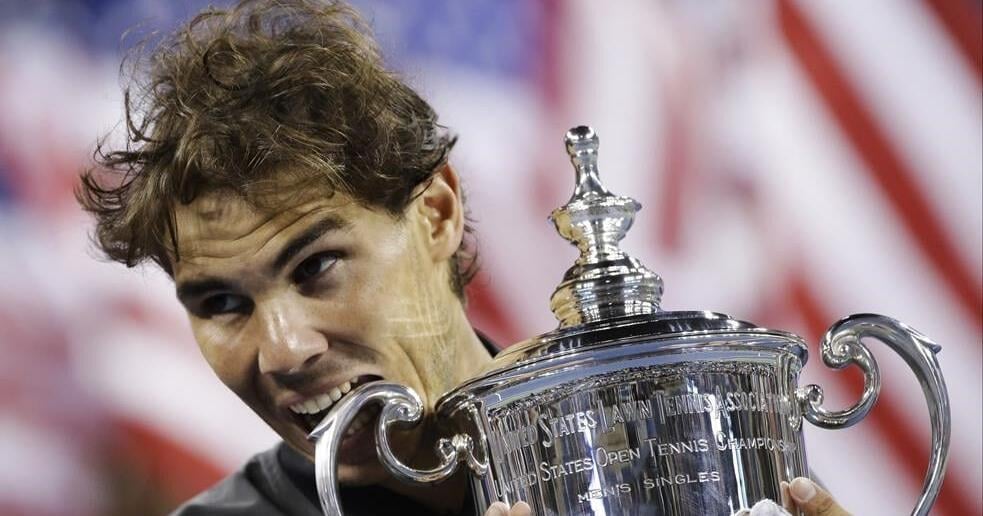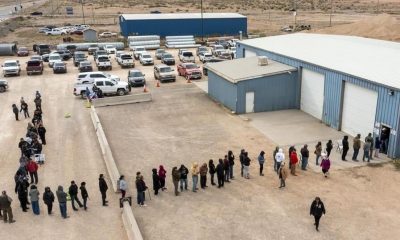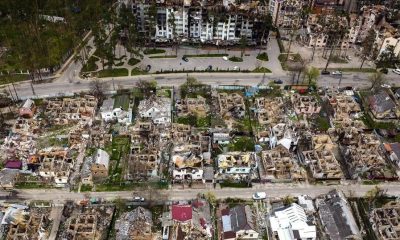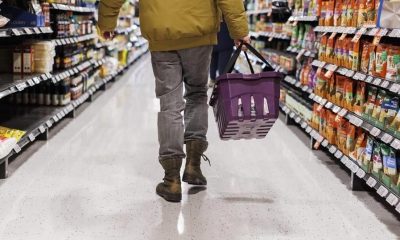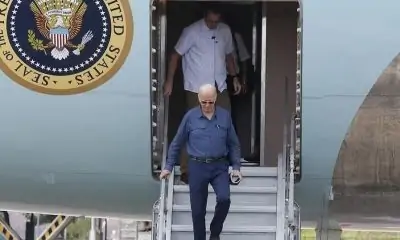MALAGA, Spain (AP) — Rafael Nadal showed up at the French Open for the first time as a teenager in 2005 and left as the champion. He won it for the final time in 2022 at age 36 — his last major championship anywhere.
Fittingly, his bookend Grand Slam titles came at Roland Garros, and it’s impossible to discuss Nadal’s career without mentioning that site. Still, it’s also important to remember that he completed a career Grand Slam, earning at least two trophies at each of his sport’s four most prestigious tournaments.
As Nadal, now 38, gets set to head into retirement after the Davis Cup Final 8 — which begins Tuesday with his country, Spain, facing the Netherlands — here is a look at his 22 major triumphs, starting with the most recent:
No. 22: 2022 French Open
Final: Beat Casper Ruud 6-3, 6-3, 6-0
What He Did: Improved to 14-0 in French Open finals after getting nerve-dulling injections in his left foot.
What He Said: “It’s obvious that with the circumstances that I am playing (in), I can’t — and I don’t want to — keep going.”
No. 21: 2022 Australian Open
Final: Beat Daniil Medvedev 2-6, 6-7 (5), 6-4, 6-4, 7-5
What He Did: Became the first man in 57 years to win an Australian Open final after dropping the first two sets.
What He Said: “I just wanted to keep believing till the end.”
No. 20: 2020 French Open
Final: Beat Novak Djokovic 6-0, 6-2, 7-5
What He Did: Pulled even with rival Federer at 20 Slam titles. Won the French Open without dropping a set for the fourth time.
What He Said: “In terms of these records, of course I care.”
No. 19: 2019 U.S. Open
Final: Beat Medvedev 7-5, 6-3, 5-7, 4-6, 6-4
What He Did: Became the first man to win majors after turning 30.
What He Said: “The nerves were so high. A crazy match.”
No. 18: 2019 French Open
Final: Beat Dominic Thiem 6-3, 5-7, 6-1, 6-1
What He Did: Became the first tennis player to win any Slam tournament a dozen times.
What He Said: “Let’s see for how long I am able to manage and to continue this.”
No. 17: 2018 French Open
Final: Beat Thiem 6-4, 6-3, 6-2
What He Did: Got past Thiem, the only man to beat Nadal on clay in 2017 or 2018.
What He Said: “If you tell me seven, eight years ago, that I will be here … having this trophy with me again, I will tell you that is something almost impossible. But here we are.”
No. 16: 2017 U.S. Open
Final: Beat Kevin Anderson 6-3, 6-3, 6-4
What He Did: Won his second major title of the season following a 2 1/2-year drought without an appearance in a major final.
What He Said: “After a couple of years without competing at this very high, high level, very happy to be back.”
No. 15: 2017 French Open
Final: Beat Stan Wawrinka 6-2, 6-3, 6-1
What He Did: Won every set and dropped just 35 games in the tournament.
What He Said: “A perfect Roland Garros for me.”
No. 14: 2014 French Open
Final: Beat Djokovic 3-6, 7-5, 6-2, 6-4
What He Did: Won a record fifth French Open in a row and pulled even with Pete Sampras at 14 career Slam titles.
What He Said: “Playing here in Roland Garros is just unforgettable.”
No. 13: 2013 U.S. Open
Final: Beat Djokovic 6-2, 3-6, 6-4, 6-1
What He Did: Improved to 60-3 with 10 titles that year.
What He Said: “This season is probably the most emotional one in my career.”
No. 12: 2013 French Open
Final: Beat David Ferrer 6-3, 6-2, 6-3
What He Did: Came back from an injured left knee that sidelined him for more than six months. Ferrer is now Spain’s Davis Cup captain.
What He Said: “I never like to compare years, but it’s true that this year means something very special for me.”
No. 11: 2012 French Open
Final: Beat Djokovic 6-4, 6-3, 2-6, 7-5
What He Did: Won a rain-interrupted, two-day title match to break Bjorn Borg’s men’s record of six titles in Paris and prevent Djokovic from winning a fourth consecutive major championship.
What He Said: “My mental part, probably, on clay is one of the most important things.”
No. 10: 2011 French Open
Final: Beat Roger Federer 7-5, 7-6 (3), 5-7, 6-1
What He Did: Improved to 4-0 against Federer in French Open finals.
What He Said: “If I win this tournament, I know my year is fantastic.”
No. 9: 2010 U.S. Open
Final: Beat Djokovic 6–4, 5–7, 6–4, 6–2
What He Did: Earned a third consecutive Slam trophy and first in New York, completing a career Grand Slam.
What He Said: “I’m still 24, so we will see where I am when I finish my career.”
No. 8: 2010 Wimbledon
Final: Beat Tomas Berdych 6-3, 7-5, 6-4
What He Did: Swept the French Open and Wimbledon in one season for the second time; couldn’t defend his 2009 title at the All England Club because of a knee problem.
What He Said: “If you want to play well, (you’re) going to find a way.”
No. 7: 2010 French Open
Final: Beat Robin Soderling 6-4, 6-2, 6-4
What He Did: Didn’t drop a set; capped it off by defeating Soderling, who handed Nadal his first French Open loss a year earlier.
What He Said: “I’m back.”
No. 6: 2009 Australian Open
Final: Beat Federer 7-5, 3-6, 7-6 (3), 3-6, 6-2
What He Did: Picked up his third win in a row over Federer in major finals.
What He Said: “To receive this trophy from Rod Laver is a dream for me.”
No. 5: 2008 Wimbledon
Final: Beat Federer 6-4, 6-4, 6-7 (5), 6-7 (8), 9-7
What He Did: Won a thriller that ended with the light fading to claim a major other than the French Open for the first time and prevent Federer from earning a sixth consecutive Wimbledon title.
What He Said: “He deserved this title, too.”
No. 4: 2008 French Open
Final: Beat Federer 6-1, 6-3, 6-0
What He Did: The most lopsided French Open men’s final since 1977 allowed Nadal to become the first man since Borg in 1980 to win the event without dropping a set.
What He Said: “I am humble, but the numbers are the numbers.”
No. 3: 2007 French Open
Final: Beat Federer 6-3, 4-6, 6-3, 6-4
What He Did: Saved 16 of 17 break points and became only the second man since 1914 (Borg is the other) with three consecutive French Open trophies.
What He Said: “I am very happy, but I am really sad for Roger.”
No. 2: 2006 French Open
Final: Beat Federer 1-6, 6-1, 6-4, 7-6 (4)
What He Did: Ended Federer’s 27-match Grand Slam winning streak and handed him his first loss in a major final (Federer had been 7-0).
What He Said: “A bit of luck, a bit of tennis, a bit of mental attitude.”
No. 1: 2005 French Open
Final: Beat Mariano Puerta 6-7 (6), 6-3, 6-1, 7-5
What He Did: Two days after turning 19, Nadal became the first man to win the French Open in his debut since Mats Wilander in 1982.
What He Said: “When you reach your goal, it’s an extraordinary moment. For the first time, I cried after winning a match.”
___
Howard Fendrich has been the AP’s tennis writer since 2002. Find his stories here: https://apnews.com/author/howard-fendrich. More AP tennis:







